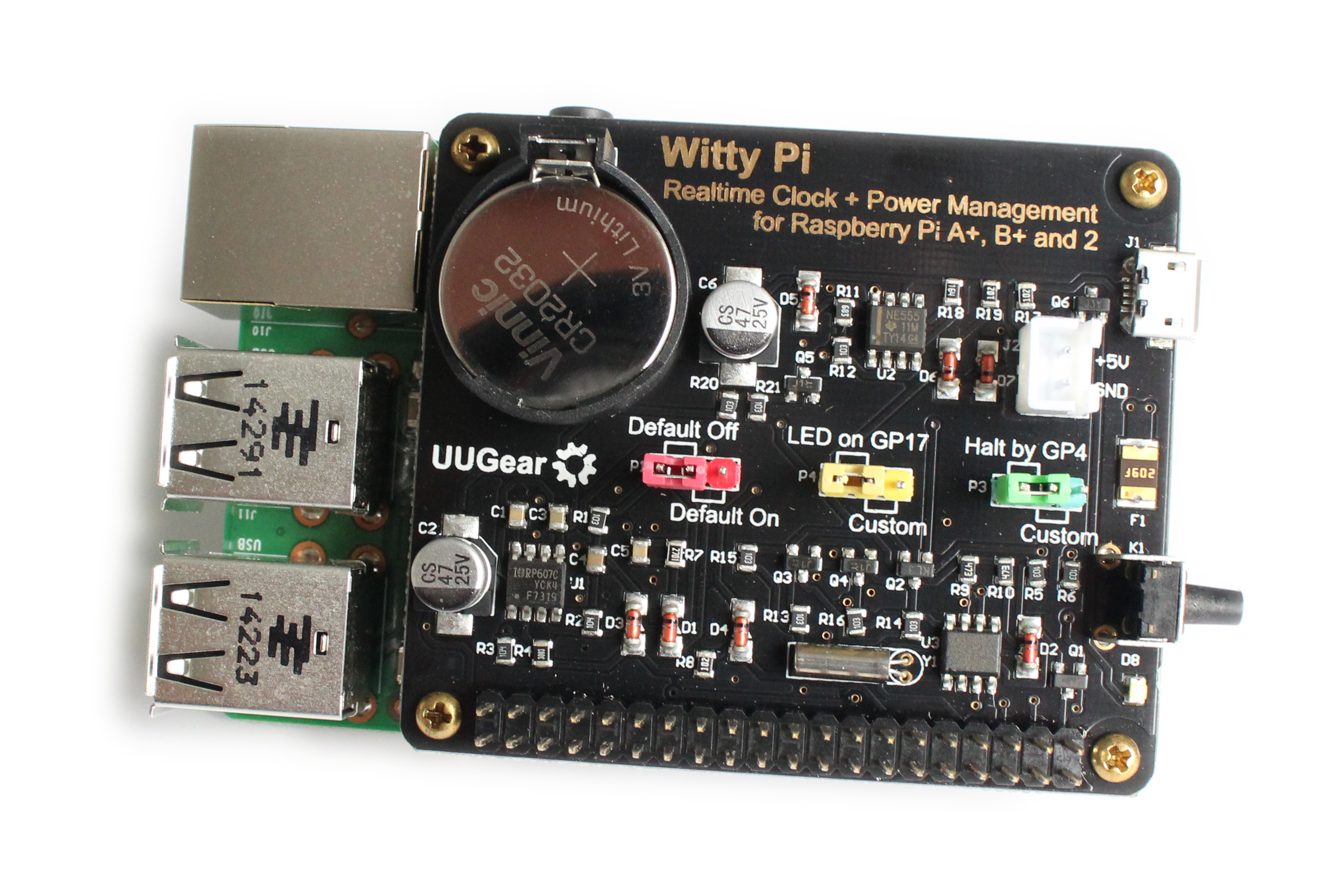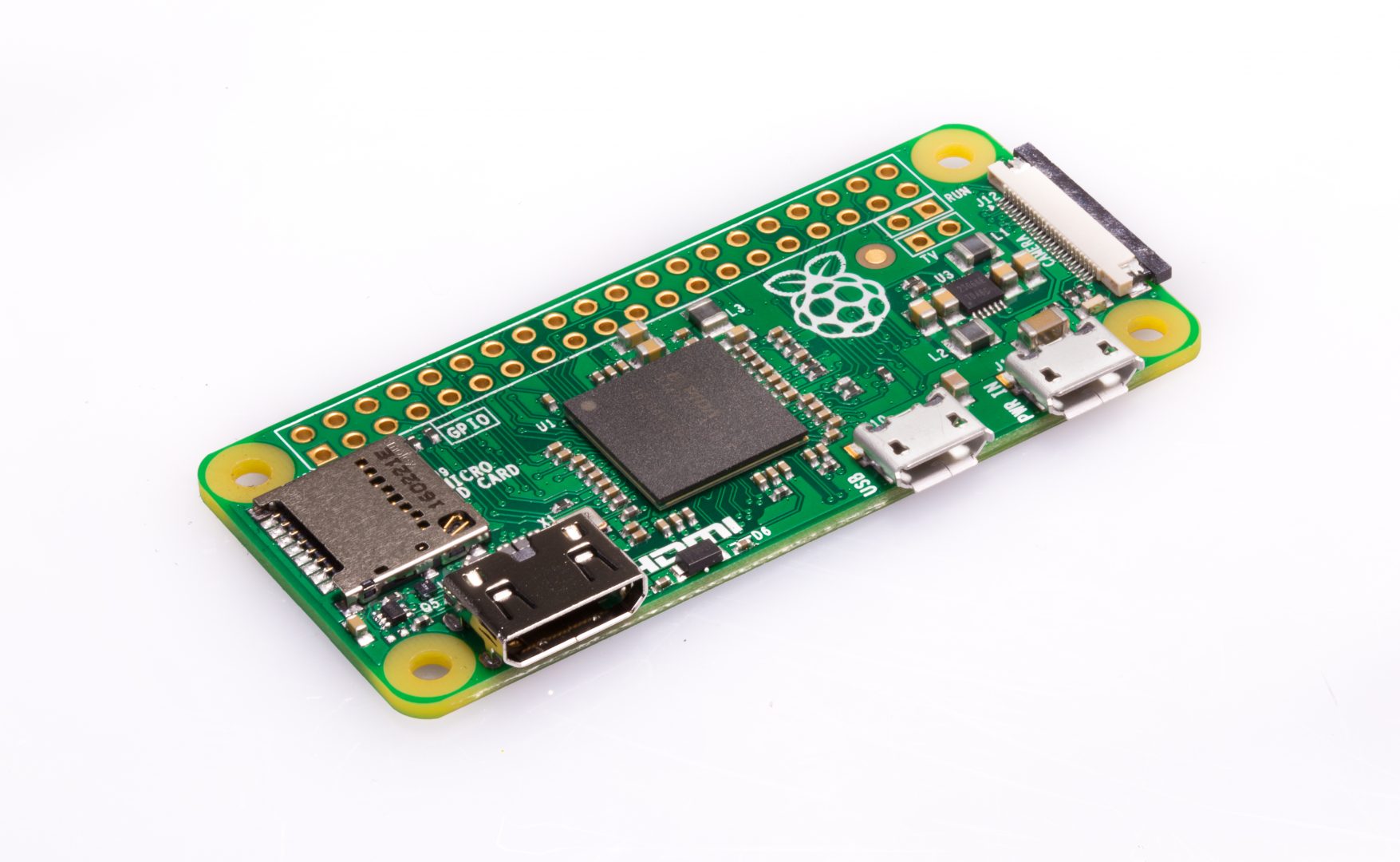Managing Raspberry Pi remotely has become increasingly important as more businesses and individuals rely on IoT devices for automation and data collection. RemoteIoT Management Platform offers a robust solution for managing these devices effortlessly, providing enhanced security, scalability, and ease of use. This platform is designed to streamline the process of monitoring and controlling Raspberry Pi devices from anywhere in the world.
In today's interconnected world, the Internet of Things (IoT) continues to revolutionize how we interact with technology. As a result, managing IoT devices like Raspberry Pi remotely has become a necessity. The RemoteIoT Management Platform addresses this need by offering advanced tools to simplify the management process.
This article will explore the features, benefits, and implementation of the RemoteIoT Management Platform for Raspberry Pi management. By the end of this guide, you'll have a comprehensive understanding of how to leverage this platform for remote device management effectively.
Read also:Mastering The Art Of Telephone Pranks Creative And Hilarious Ideas
Table of Contents
- Introduction to RemoteIoT Management Platform
- Overview of Raspberry Pi
- Key Features of RemoteIoT Management Platform
- Setting Up RemoteIoT Management Platform
- Security Considerations for Remote Management
- Scalability and Performance
- Benefits of Using RemoteIoT Management Platform
- Use Cases for Raspberry Pi Remote Management
- Best Practices for Managing Raspberry Pi Remotely
- The Future of IoT Device Management
Introduction to RemoteIoT Management Platform
The RemoteIoT Management Platform is a cutting-edge solution designed to simplify the management of IoT devices, including Raspberry Pi, from any location. It provides users with the tools needed to monitor, update, and secure their devices remotely. This platform is particularly useful for businesses that rely heavily on IoT technology for automation and data collection.
With the RemoteIoT Management Platform, users can manage multiple Raspberry Pi devices simultaneously, reducing the need for on-site intervention. This capability not only saves time but also enhances operational efficiency. Additionally, the platform offers robust security features to protect sensitive data and ensure compliance with industry standards.
Overview of Raspberry Pi
Raspberry Pi is a series of small single-board computers developed by the Raspberry Pi Foundation. These devices are widely used in educational settings and for DIY projects due to their affordability and versatility. Raspberry Pi supports a variety of operating systems and can be configured to perform numerous tasks, from media streaming to robotics control.
Key Specifications of Raspberry Pi
- Processor: Broadcom BCM2835–BCM2711
- RAM: 512MB–8GB
- Storage: MicroSD card slot
- Connectivity: Wi-Fi, Bluetooth, Ethernet
- Ports: USB, HDMI, GPIO
Key Features of RemoteIoT Management Platform
The RemoteIoT Management Platform offers a range of features that make it an ideal choice for managing Raspberry Pi devices remotely. Below are some of the standout features:
- Remote Access: Securely access your Raspberry Pi devices from anywhere using a web browser or mobile app.
- Software Updates: Automate the process of updating software and firmware on your devices to ensure they are always up-to-date.
- Monitoring: Real-time monitoring of device performance and health metrics to detect and resolve issues proactively.
- Configuration Management: Easily configure settings and deploy configurations across multiple devices simultaneously.
- Security Features: Advanced encryption and authentication protocols to safeguard your devices and data.
Setting Up RemoteIoT Management Platform
Setting up the RemoteIoT Management Platform involves several steps, including installation, configuration, and testing. Below is a step-by-step guide to help you get started:
Step 1: Account Creation
Begin by creating an account on the RemoteIoT Management Platform website. Follow the registration process and verify your email address.
Read also:Todd Drummond A Comprehensive Guide To The Renowned Entrepreneur And Innovator
Step 2: Device Registration
Once your account is set up, register your Raspberry Pi devices by providing their unique identifiers. This step ensures that the platform can communicate with your devices securely.
Step 3: Configuration
Configure the settings for each device, including network parameters, security protocols, and monitoring thresholds. This step is crucial for ensuring optimal performance and security.
Security Considerations for Remote Management
Security is a critical aspect of managing IoT devices remotely. The RemoteIoT Management Platform employs several security measures to protect your devices and data:
- Encryption: All communication between the platform and devices is encrypted using industry-standard protocols.
- Authentication: Multi-factor authentication is supported to ensure only authorized users can access the platform.
- Firewall Integration: The platform integrates with firewalls to block unauthorized access attempts.
- Data Privacy: User data is stored securely and complies with relevant data protection regulations such as GDPR.
Scalability and Performance
The RemoteIoT Management Platform is designed to scale seamlessly with your growing IoT infrastructure. Whether you manage a few Raspberry Pi devices or thousands, the platform ensures consistent performance and reliability.
Performance optimization is achieved through advanced load balancing, caching, and distributed architecture. These features ensure that the platform remains responsive even under heavy loads.
Benefits of Using RemoteIoT Management Platform
Adopting the RemoteIoT Management Platform for Raspberry Pi management offers several benefits:
- Increased Efficiency: Automate routine tasks and reduce the need for manual intervention.
- Cost Savings: Minimize downtime and maintenance costs by proactively addressing issues.
- Enhanced Security: Protect your devices and data with advanced security features.
- Flexibility: Manage devices from anywhere using a web browser or mobile app.
Use Cases for Raspberry Pi Remote Management
Raspberry Pi devices are used in a wide range of applications, and the RemoteIoT Management Platform can be applied to various use cases:
- Smart Home Automation: Control smart home devices and monitor their status remotely.
- Industrial IoT: Manage sensors and actuators in industrial environments for real-time monitoring and control.
- Environmental Monitoring: Deploy Raspberry Pi devices for monitoring air quality, weather conditions, and other environmental factors.
- Education: Use Raspberry Pi devices in classrooms to teach programming and electronics concepts.
Best Practices for Managing Raspberry Pi Remotely
To ensure successful remote management of Raspberry Pi devices, consider the following best practices:
- Regular Updates: Keep your devices and the RemoteIoT Management Platform up-to-date with the latest software and firmware.
- Backup Data: Regularly back up important data to prevent loss in case of device failure.
- Monitor Performance: Continuously monitor device performance to identify and address potential issues early.
- Secure Connections: Use secure connections and strong passwords to protect your devices from unauthorized access.
The Future of IoT Device Management
As IoT technology continues to evolve, the demand for advanced device management solutions like the RemoteIoT Management Platform will only increase. Future developments may include enhanced artificial intelligence capabilities for predictive maintenance, improved integration with cloud services, and expanded support for emerging IoT standards.
Staying ahead of these trends will be essential for businesses and individuals looking to maximize the potential of their IoT devices.
Conclusion
The management of Raspberry Pi remotely with the RemoteIoT Management Platform offers a powerful solution for simplifying IoT device management. By leveraging its features and adhering to best practices, users can enhance efficiency, security, and scalability in their IoT operations.
We encourage you to share your thoughts and experiences with the RemoteIoT Management Platform in the comments section below. Additionally, explore other articles on our site to deepen your understanding of IoT technology and its applications.


